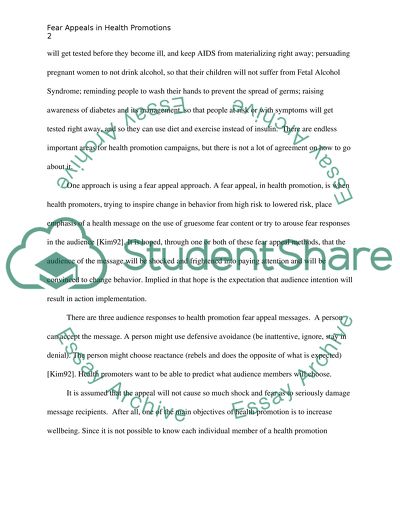Cite this document
(“Fear Appeals in Health Promotions: An Analysis of Empirical Evidence Essay”, n.d.)
Retrieved from https://studentshare.org/psychology/1393013-fear-appeals-in-health-promotions-an-analysis-of-empirical-evidence
Retrieved from https://studentshare.org/psychology/1393013-fear-appeals-in-health-promotions-an-analysis-of-empirical-evidence
(Fear Appeals in Health Promotions: An Analysis of Empirical Evidence Essay)
https://studentshare.org/psychology/1393013-fear-appeals-in-health-promotions-an-analysis-of-empirical-evidence.
https://studentshare.org/psychology/1393013-fear-appeals-in-health-promotions-an-analysis-of-empirical-evidence.
“Fear Appeals in Health Promotions: An Analysis of Empirical Evidence Essay”, n.d. https://studentshare.org/psychology/1393013-fear-appeals-in-health-promotions-an-analysis-of-empirical-evidence.


